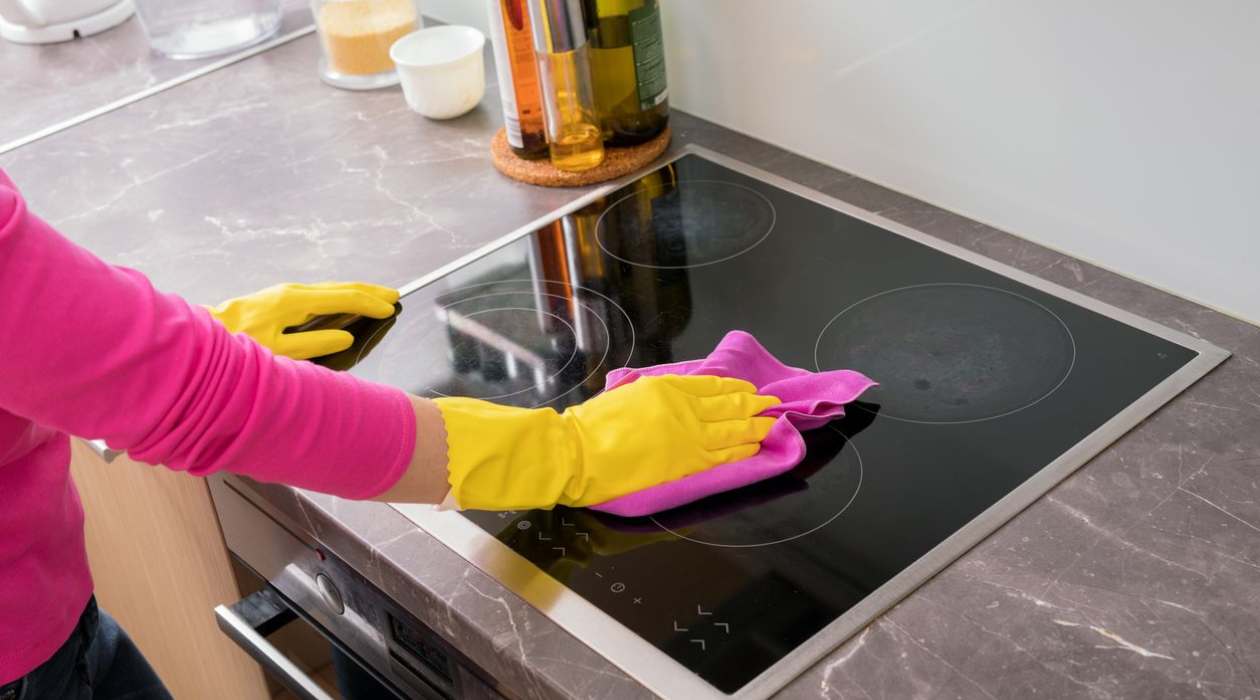

Articles
How To Get Rid Of Bubbles On Glass Stove Top
Modified: October 20, 2024
Discover effective ways to eliminate bubbles on your glass stove top with our informative articles. Achieve a flawless and clean cooking surface effortlessly.
(Many of the links in this article redirect to a specific reviewed product. Your purchase of these products through affiliate links helps to generate commission for Storables.com, at no extra cost. Learn more)
Introduction
Welcome to our comprehensive guide on how to get rid of bubbles on a glass stove top. Glass stove tops are a popular choice for modern kitchens due to their sleek appearance and ease of cleaning. However, over time, you may notice small air pockets or bubbles forming on the surface of your stove top, which can be not only unsightly but also potentially damaging if left unaddressed.
These bubbles can occur for various reasons, such as improper installation, temperature fluctuations, or trapped moisture. But fear not, as we will provide you with step-by-step instructions on identifying the cause of the bubbles and effectively removing them without causing any damage to the glass surface.
Before we dive into the process, it’s essential to ensure your safety. Always remember to follow the manufacturer’s guidelines and take necessary precautions throughout the process to avoid any accidents or injuries. It’s also crucial to let the stove top cool down completely before attempting any maintenance.
Now, let’s gather the materials you’ll need for this process:
- Non-abrasive cleaner or glass stove top cleaner
- Microfiber cloth or soft sponge
- Heat-resistant gloves
- Plastic scraper or credit card
- Isopropyl alcohol
- Clean and dry towels
With these materials in hand, you’re ready to tackle those pesky bubbles on your glass stove top. Let’s move on to the next section where we’ll explore the causes of bubbles and the steps to remove them.
Key Takeaways:
- Say goodbye to bubbles on your glass stove top by following our step-by-step guide. Safely remove bubbles, maintain a pristine surface, and enjoy cooking without the unsightly blemishes.
- Prioritize safety, use gentle cleaning techniques, and apply heat to eliminate bubbles. Regular maintenance and following manufacturer’s guidelines are key to preventing future bubble formation.
Read more: How To Get Rid Of Bubbles In Bathtub
Understanding the Causes of Bubbles on Glass Stove Tops
Before we dive into the process of removing bubbles on a glass stove top, let’s understand what causes them in the first place. There are several factors that can contribute to the formation of bubbles on the surface of your stove top.
1. Improper Installation: One of the main causes of bubbles is improper installation. If the glass stove top isn’t installed correctly, it can lead to gaps or uneven surfaces, which can trap air and moisture. Over time, this trapped air can form bubbles on the surface.
2. Temperature Fluctuations: Glass expands and contracts with temperature changes. If the temperature of the glass stove top fluctuates rapidly, it can cause stress on the surface, leading to the formation of bubbles.
3. Trapped Moisture: Moisture can also get trapped between the glass and the stove top, which can create bubbles. This can happen if you spill liquid or use excessive amounts of water when cleaning the stove top.
4. Cleaning Products: Using harsh or abrasive cleaning products can damage the protective coating on the glass stove top. This can weaken the surface and make it more susceptible to bubble formation.
By understanding these causes, you can take preventative measures to minimize the occurrence of bubbles and maintain the pristine look of your glass stove top. In the next section, we’ll discuss some precautions and safety guidelines to keep in mind before starting the removal process.
Precautions and Safety Guidelines
When working on your glass stove top to remove bubbles, it’s important to prioritize safety. Taking the necessary precautions will help ensure that you don’t injure yourself or cause any further damage to the stove top. Here are some important safety guidelines to keep in mind:
1. Wear Protective Gear: Always wear heat-resistant gloves to protect your hands from the hot surface of the stove top. This will prevent burns or other injuries during the removal process.
2. Let the Stove Top Cool Down: Before you begin any maintenance or cleaning, make sure the stove top is completely cool. This will prevent any accidental burns or damage to the glass surface.
3. Follow Manufacturer’s Guidelines: Every glass stove top may have specific instructions and recommendations from the manufacturer. It’s important to read and follow these guidelines to ensure you’re using the appropriate products and methods for cleaning and maintenance.
4. Use Non-Abrasive Cleaners: When cleaning the stove top, choose non-abrasive cleaners specifically designed for glass surfaces. Avoid using harsh chemicals or abrasive scrub brushes, as they can scratch or damage the glass.
5. Be Gentle: When removing bubbles, use gentle, controlled movements to avoid causing any additional damage. Applying excessive force or using sharp objects can scratch or crack the glass surface.
6. Test Products on a Small Area: Before applying any cleaning solution or technique to the entire stove top, test it on a small, inconspicuous area. This will help ensure that the product or method is safe and won’t cause any discoloration or damage.
By following these precautions and safety guidelines, you can proceed with the bubble removal process confidently and minimize the risk of accidents or unintended damage. Now that we’ve covered the essential precautions, let’s move on to the materials you’ll need for the process.
Materials Needed
Before you begin the process of removing bubbles from your glass stove top, it’s important to gather all the necessary materials. Having everything on hand will ensure a smooth and efficient process. Here are the materials you’ll need:
- Non-abrasive cleaner or glass stove top cleaner: Choose a cleaner specifically designed for glass surfaces. Avoid using abrasive cleaners or chemicals that can damage the glass.
- Microfiber cloth or soft sponge: These will be used for gentle cleaning and wiping down the surface of the stove top.
- Heat-resistant gloves: Protect your hands from the hot surface of the stove top with a pair of heat-resistant gloves.
- Plastic scraper or credit card: These tools will help you remove any stubborn residue or trapped air bubbles from the surface of the stove top.
- Isopropyl alcohol: Isopropyl alcohol can be used to clean and disinfect the glass surface, ensuring a thorough and hygienic cleaning process.
- Clean and dry towels: These will be used to dry the surface of the stove top and remove any leftover cleaning product.
Having these materials readily available will make the bubble removal process much more convenient and efficient. Now that you have all the necessary tools and supplies, let’s move on to the step-by-step process of getting rid of the bubbles on your glass stove top.
Step 1: Cleaning the Stove Top
Before you can effectively remove the bubbles on your glass stove top, it’s important to start with a clean surface. Cleaning the stove top will remove any dirt, grease, or residue that may be contributing to the formation of bubbles. Follow these steps to clean your stove top:
- Ensure that the stove top is completely cool before you begin cleaning.
- Remove any loose debris or food particles by wiping the surface with a dry cloth or using a soft brush.
- Apply a small amount of non-abrasive cleaner or glass stove top cleaner to the surface of the stove top.
- Using a microfiber cloth or soft sponge, gently scrub the surface in circular motions to remove any stubborn stains or buildup.
- Rinse the cloth or sponge frequently, and continue to clean the entire surface of the stove top.
- Once you’ve finished cleaning, use clean water or a damp cloth to remove any excess cleaner from the surface.
- Dry the stove top thoroughly with a clean, dry towel to ensure no moisture is left behind.
Remember to read and follow the instructions on the cleaning product you’re using. Some cleaners may require a specific application or rinsing process. Make sure to use gentle pressure and avoid using abrasive materials or harsh chemicals that can damage the glass surface.
By starting with a clean stove top, you’ll have a better foundation for removing the bubbles and achieving a smooth, bubble-free surface. Let’s move on to the next step, where we’ll focus on identifying and removing the air bubbles.
Use a mixture of equal parts white vinegar and water to spray on the glass stove top. Wipe with a microfiber cloth to remove any bubbles or streaks.
Step 2: Identifying and Removing Air Bubbles
Once you have cleaned the surface of your glass stove top, it’s time to identify the location of the air bubbles and begin the removal process. Follow these steps to identify and remove the air bubbles:
- Inspect the surface of the stove top carefully. Look for any areas where there are visible air bubbles or a slight bulging of the glass surface.
- If the bubbles are not immediately visible, you can use a flashlight to shine light across the glass surface at a low angle. This will help you spot any hidden bubbles.
- Once you have identified the location of the bubbles, use a plastic scraper or a credit card to gently press down on the bubbles.
- Apply even pressure to the affected area and slowly push the bubble towards the edge of the glass surface.
- As you apply pressure, the bubble should start to move and release trapped air. Continue pushing the bubble towards the edge until it disappears.
- If the bubble doesn’t release or if you notice any crackling sounds, stop immediately to avoid further damage and seek professional assistance.
- Repeat this process for each individual air bubble until all bubbles are removed.
Remember to be gentle and avoid using excessive force. Applying too much pressure or using sharp objects can scratch or crack the glass surface. Take your time during this step to ensure that you remove the bubbles effectively without causing any damage.
Once you have successfully removed all of the air bubbles, it’s time to move on to the next step: applying heat to the glass surface to further eliminate any remaining bubbles.
Step 3: Applying Heat to Remove Bubbles
After identifying and removing the air bubbles from your glass stove top, the next step is to apply heat to the surface. Heat application will help to further eliminate any remaining bubbles and ensure a smooth and even glass surface. Follow these steps to apply heat to remove the bubbles:
- Ensure that the stove top is completely cool and dry before proceeding with this step.
- Turn on one of the burners on your stove to a low or medium heat setting.
- Allow the burner to heat up for a few minutes until it reaches a moderate temperature.
- Using heat-resistant gloves, carefully hover the affected areas with the heated burner.
- Move the burner in small circular motions over the bubbles, applying gentle heat to the surface.
- Continue this process for a few minutes, observing any changes in the bubbles.
- As the glass surface warms up, the trapped air should escape, causing the bubbles to deflate and disappear.
- Be cautious not to heat the glass surface for an extended period, as it can cause damage.
During this step, be mindful not to apply excessive heat or hold the burner too close to the glass surface for too long. Doing so can result in cracks or damage to the glass. Take your time and observe the changes in the bubbles as you apply the heat.
Once the bubbles have deflated and disappeared, move on to the final step: polishing and maintaining the glass surface to prevent future bubble formation.
Step 4: Polishing and Maintaining the Glass Surface
After successfully removing the bubbles from your glass stove top, it’s important to polish and maintain the surface to keep it looking pristine and prevent future bubble formation. Follow these steps to polish and maintain your glass surface:
- Start by wiping down the entire stove top with a clean, dry towel to remove any residual heat or cleaning products.
- Apply a small amount of isopropyl alcohol to a clean, microfiber cloth.
- Gently rub the cloth over the glass surface in circular motions, covering the entire area.
- Isopropyl alcohol will remove any remaining residue and ensure a streak-free shine.
- Once you have finished polishing with the alcohol, use a dry cloth to remove any excess moisture.
- Inspect the surface for any stubborn stains or marks. If needed, you can use a plastic scraper or credit card to gently remove them.
- After removing any stains, wipe the surface with a damp cloth and then dry it thoroughly.
- To maintain the glass surface and prevent future bubble formation, avoid using abrasive cleaners or scrub brushes.
- Instead, regularly clean the stove top using a non-abrasive cleaner specifically designed for glass surfaces.
- Wipe up any spills or splatters promptly to prevent moisture from getting trapped and causing bubbles.
By regularly cleaning and maintaining your glass stove top, you’ll keep it looking beautiful and minimize the chances of bubble formation in the future. Remember to always follow the manufacturer’s guidelines and recommendations for cleaning and maintenance.
Congratulations! You have successfully removed the bubbles on your glass stove top and learned how to maintain its pristine appearance. Now you can enjoy cooking on a smooth, bubble-free surface.
Before we conclude, let’s go over some additional tips and recommendations to help you keep your glass stove top in excellent condition.
Conclusion
Dealing with bubbles on a glass stove top can be frustrating, but with the right knowledge and techniques, you can easily remove them and restore the smooth, sleek surface of your stove top. By following the steps outlined in this guide, you can effectively identify the causes of the bubbles, safely remove them, and maintain the glass surface for long-lasting beauty.
Remember to prioritize safety by wearing heat-resistant gloves, allowing the stove top to cool down before starting any maintenance, and carefully applying heat during the removal process. Additionally, use non-abrasive cleaners, soft cloths, and gentle techniques to clean and polish the glass surface.
Regular maintenance and cleaning are crucial to prevent future bubble formation. By promptly cleaning up spills, using appropriate cleaning products, and avoiding abrasive materials, you can keep your glass stove top in optimal condition and minimize the risk of bubbles reappearing.
We hope that this comprehensive guide has provided you with the knowledge and confidence to effectively remove bubbles on your glass stove top. Enjoy cooking on a flawless surface that adds a touch of elegance to your kitchen.
Thank you for reading, and happy cooking!
Note: This article is intended for informational purposes only. Always follow the manufacturer’s guidelines and instructions for your specific glass stove top to ensure proper care and maintenance.
Read more: How To Get Rid Of Cloudy Glass
Additional Tips and Recommendations
In addition to the step-by-step process outlined in this guide, here are some extra tips and recommendations to help you maintain your glass stove top and prevent future bubble formation:
- Do not slide cookware across the glass surface. This can cause scratches and damage the protective coating, making it more prone to bubble formation.
- Avoid using heavy pots or pans that can exert excessive pressure on the stove top surface. Opt for cookware with flat bottoms to distribute heat evenly.
- Never place hot pots or pans directly onto the glass stove top. Use trivets or heat-resistant pads to prevent heat damage.
- Regularly check and tighten any loose or wobbly burner elements. Loose elements can create uneven pressure on the glass surface, leading to bubble formation.
- If you encounter stubborn stains or residue that cannot be removed with regular cleaning, consult the manufacturer’s guidelines or seek professional assistance.
- Avoid using abrasive scrub brushes, steel wool, or abrasive cleaners, as they can scratch and damage the glass surface.
- Consider using a specialized glass stove top protector or mat to provide a layer of protection against spills, scratches, and potential bubble formation.
- Allow the stove top to cool completely before applying any cleaning products or attempting maintenance. Sudden temperature changes can cause stress on the glass and lead to bubble formation.
- Regularly inspect the seals and gaps around the edges of the stove top. If you notice any gaps or damage, contact a professional for repair to prevent moisture from seeping into the glass surface.
By incorporating these tips into your regular maintenance routine, you can keep your glass stove top in optimal condition and minimize the risk of bubble formation. With proper care and attention, your stove top will remain a sleek and functional centerpiece in your kitchen for years to come.
Thank you for reading this guide, and we hope you find these additional tips helpful!
Frequently Asked Questions about How To Get Rid Of Bubbles On Glass Stove Top
Was this page helpful?
At Storables.com, we guarantee accurate and reliable information. Our content, validated by Expert Board Contributors, is crafted following stringent Editorial Policies. We're committed to providing you with well-researched, expert-backed insights for all your informational needs.
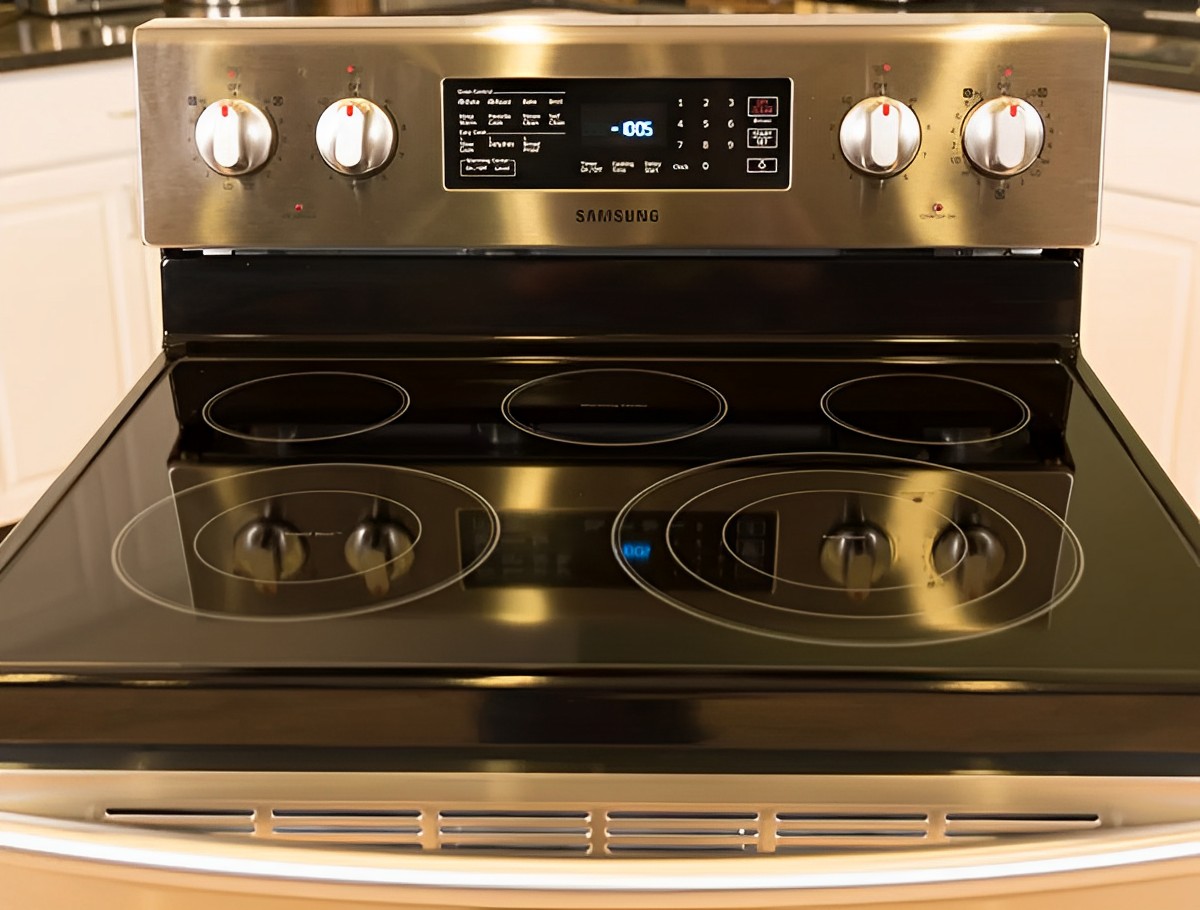

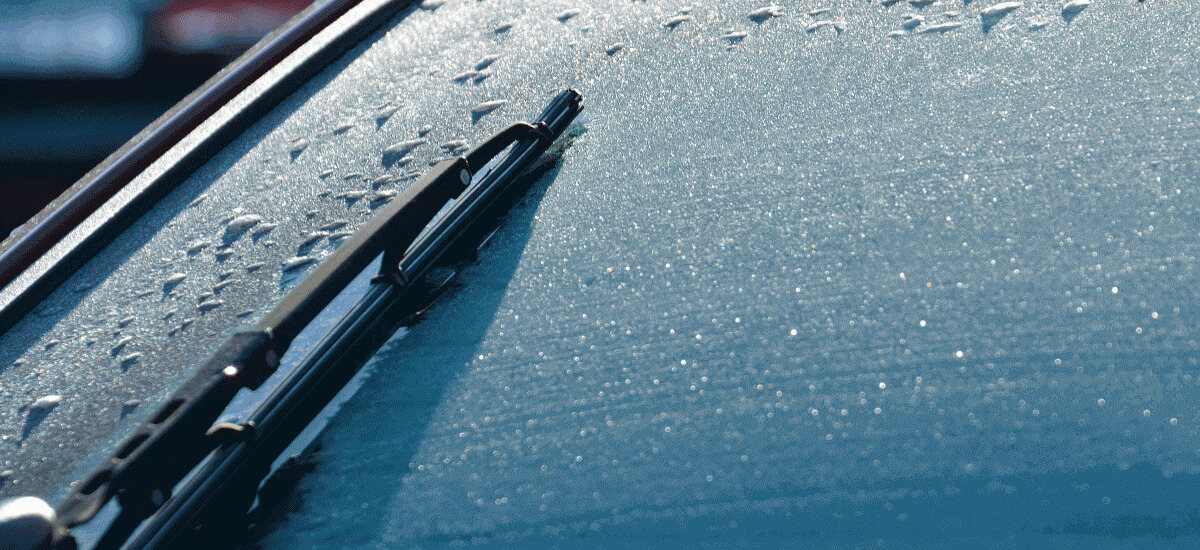
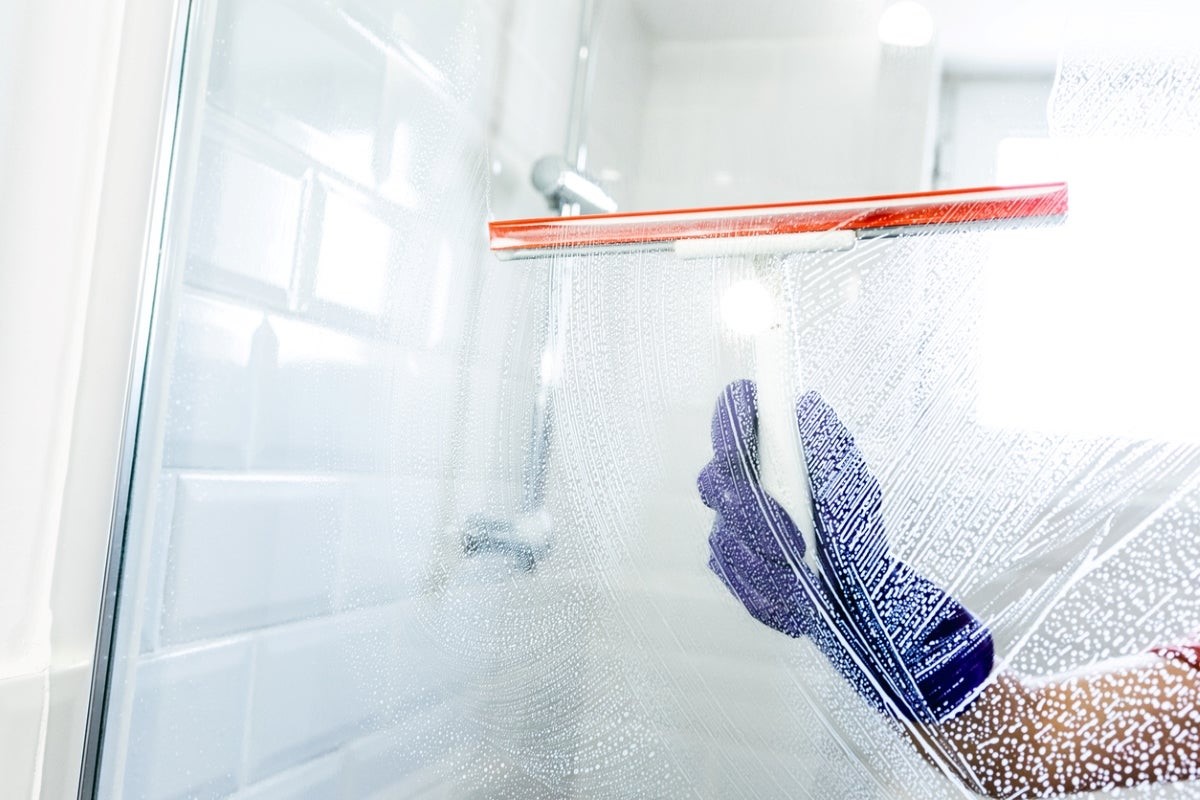
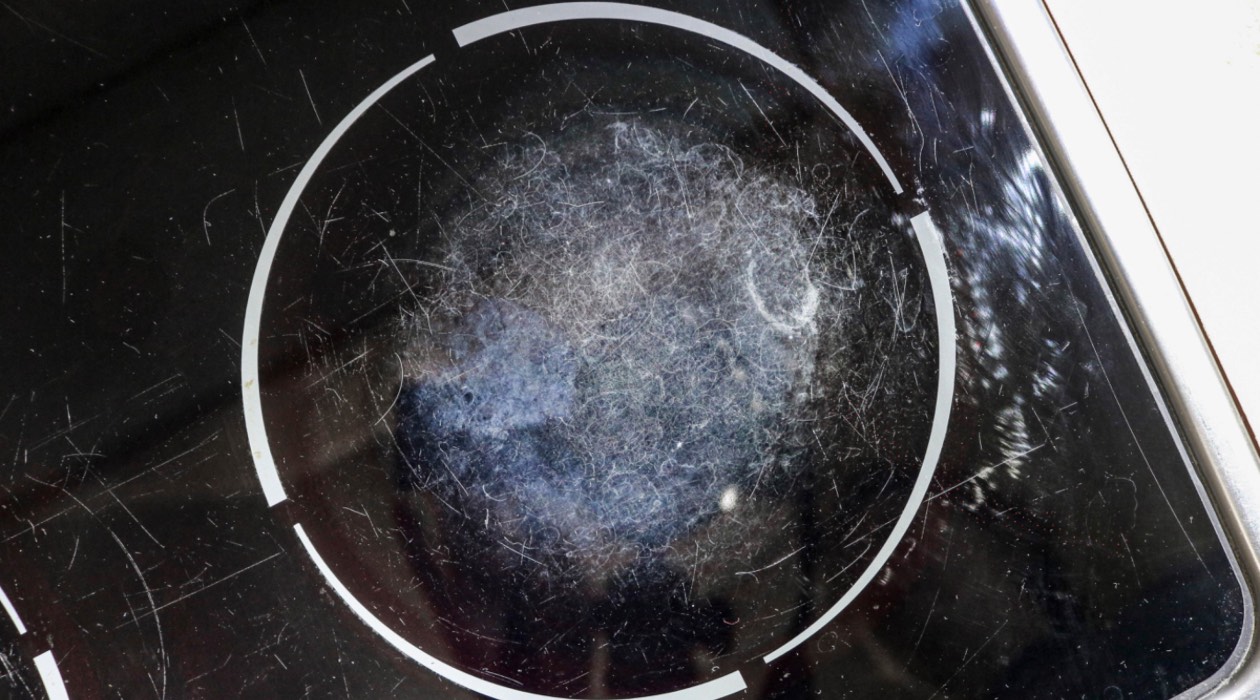
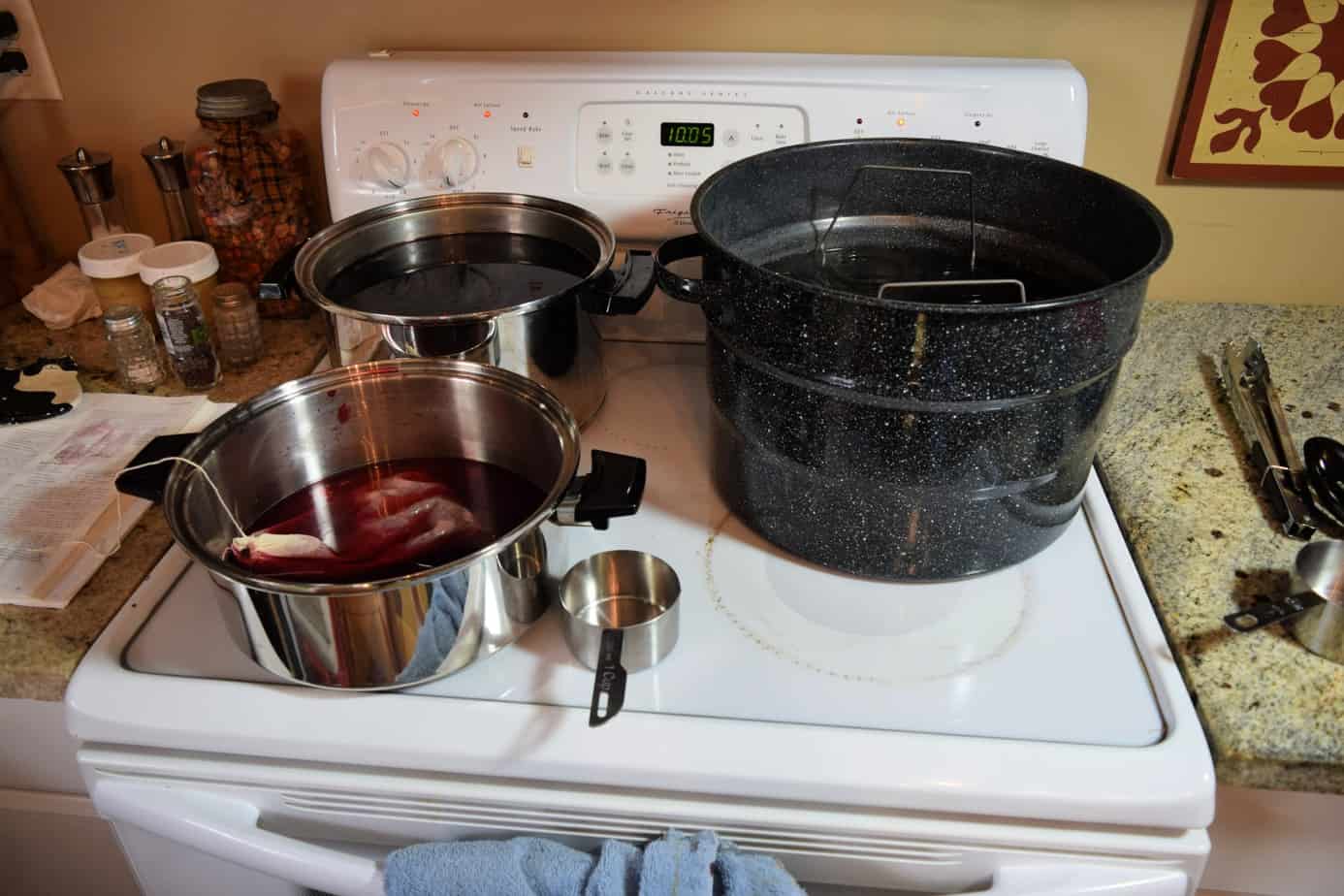
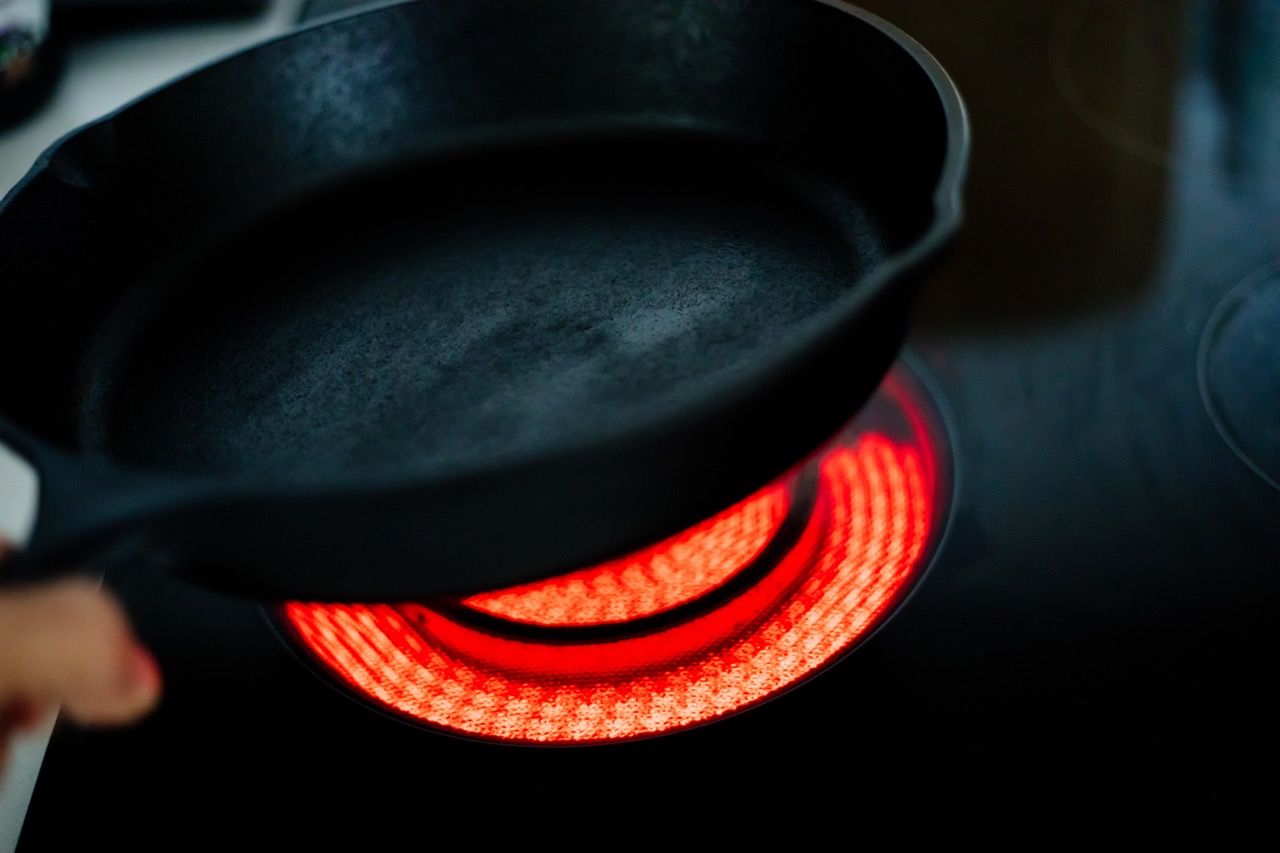
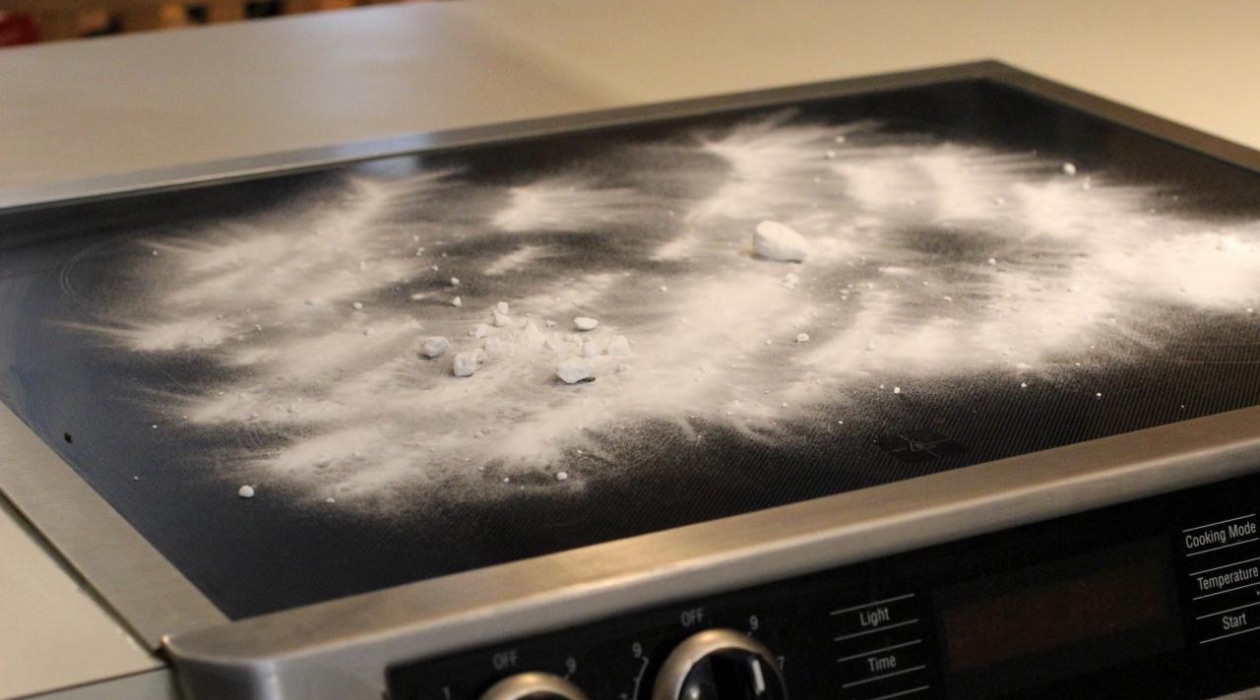
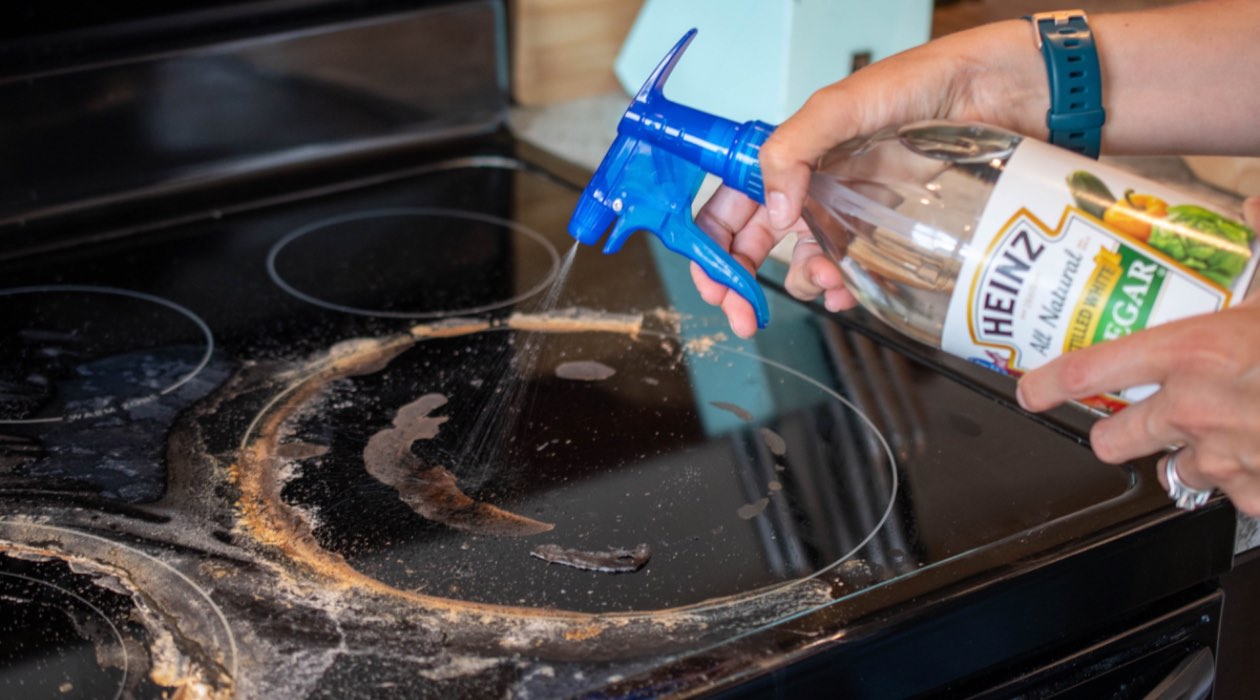
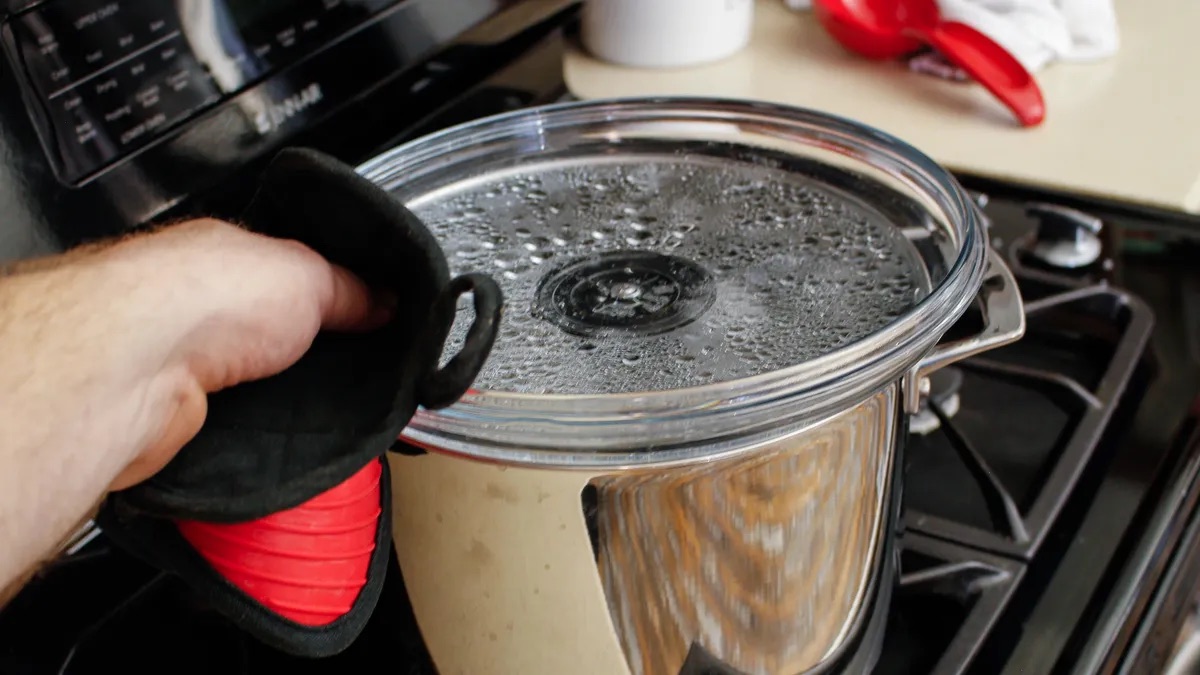
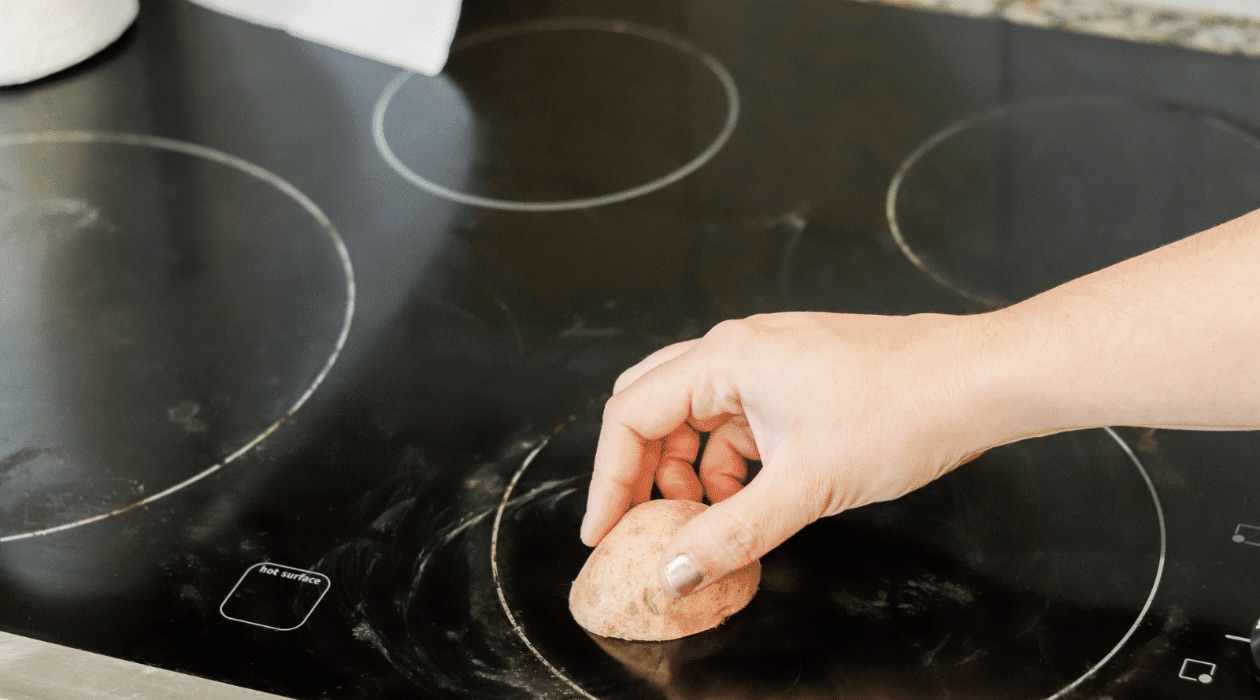
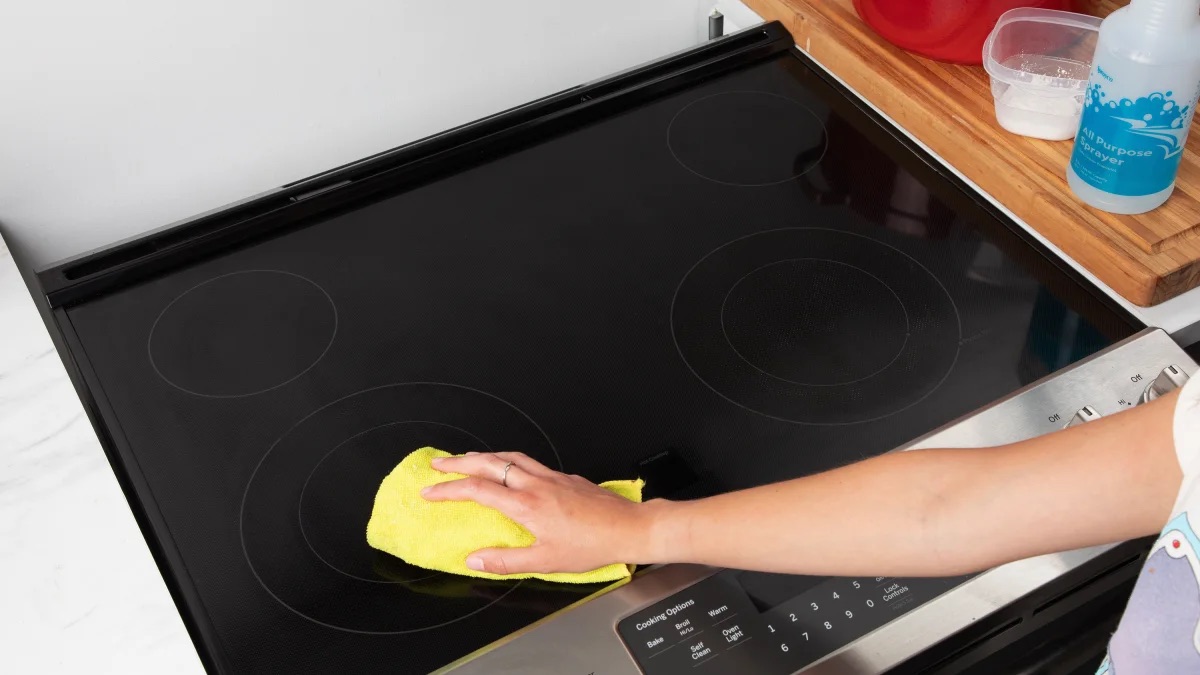
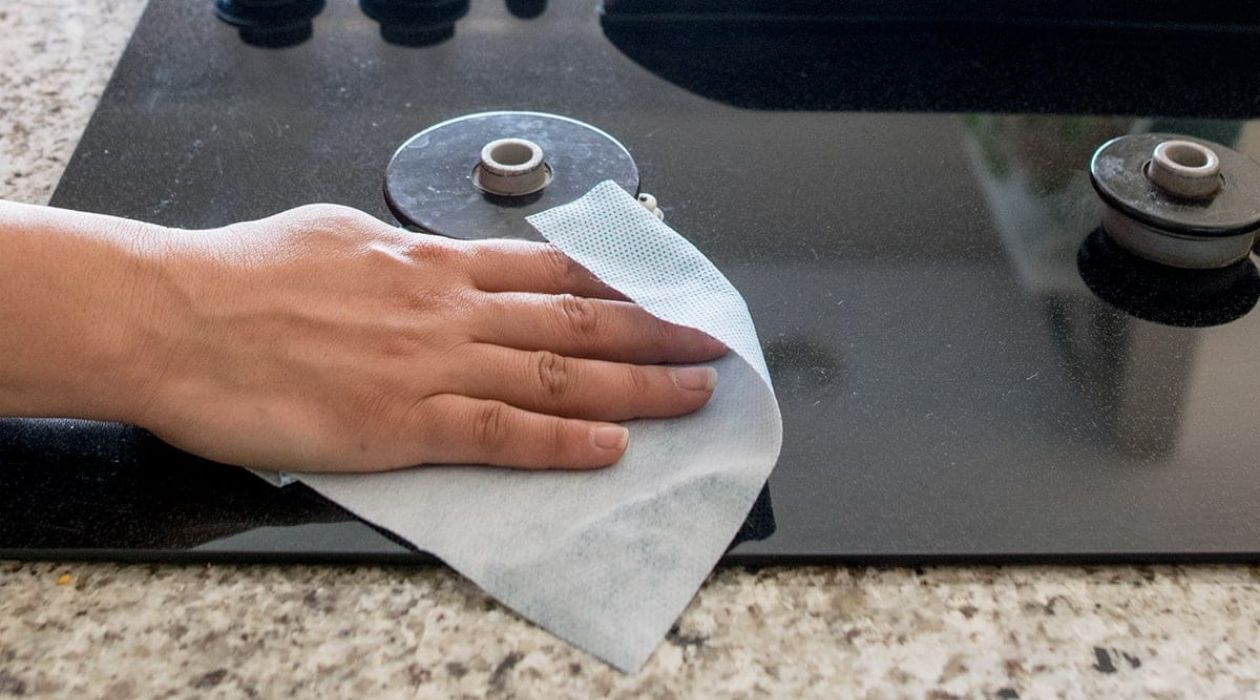

0 thoughts on “How To Get Rid Of Bubbles On Glass Stove Top”